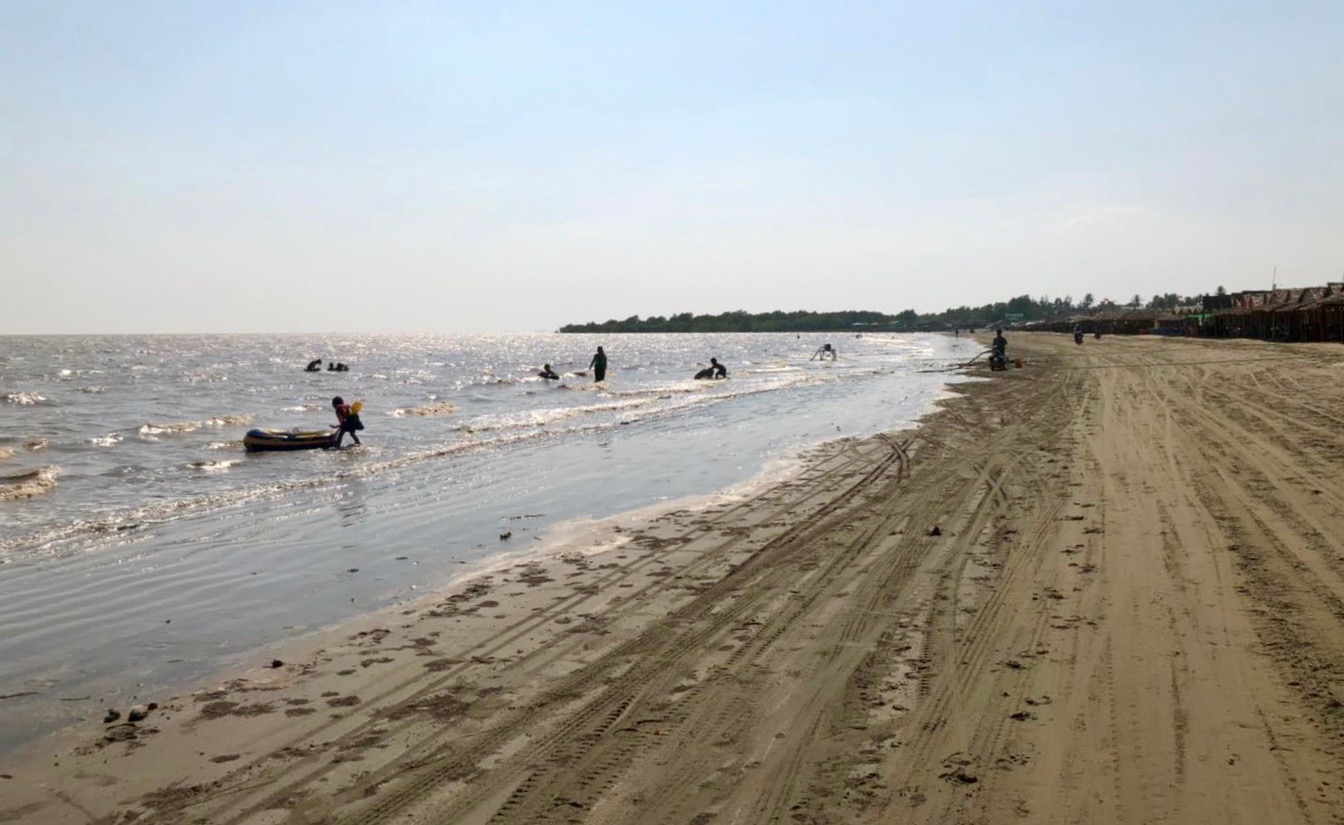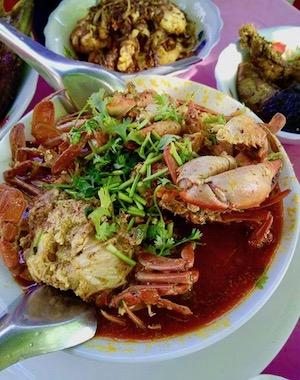
Halfway through the three-hour drive from a muddy beach to Yangon and the drama began: intense gastrointestinal drama, set on a dusty road surrounded by fields and nothing more.
There are no winners in this story. It is not a pleasant tale. Stripped down to the bone, it is a story about me getting a sudden bout of diarrhoea, but it is also about the kindness of strangers and a caveat that not all seafood at the beach is fresh.
The beach in question, Sal Eain Tan, is unlike its prettier cousins Ngwe Saung and Ngapali. Instead of pristine sand, it has a brown stretch (and so begins the symbolism) split by some modest restaurants. But people go there because it is 100 kilometres from Yangon and the fishermen regularly bring in tasty catches.
We arrived at low tide, when visitors were few and seafood was aplenty. It was my little getaway, so I indulged in some of the popular dishes: crab curry, sautéed fish, squid salad and shrimp, costing me 40,000 kyats (US$26) overall.
Being a hardcore and impulsive seafood fan, I didn’t bother to check whether the fare was fresh, not knowing that with each morsel would come a tonne of bitter regret.
Of my five-strong group, I was the only one who inhaled all the dishes, and soon after I fell into a siesta. Others strolled along the beach, but it was too hot, while the slightly wiser chose cold beer to fight the heat.
After an hour of sweet slumber, we bid goodbye to Sal Eain Tan and headed for the car. Soon I was begging our driver to stop, but as bad luck never comes alone there was not a building or house in sight.
After eight of the most intense minutes of my life, we came into view of a small two-storey dwelling and our driver slammed the breaks. Inside were my saviours, who I will remember until the day I die.
It’s a weird thing to knock on a stranger’s door and ask to use their toilet. But I did so, sweating. Out of my mouth came two sentences: “I desperately need to relieve myself. Please let me use your restroom.”
“Sure, there it is,” were the sweetest words to ever grace my ears. But once I sat on the toilet to usher in the apocalypse, the sheer volume became too much and I had to use music on my phone to drown out the sounds.
I walked out of that bathroom a lighter, deeper human being. “I’d wait an hour before going in there if I were you,” I warned. Those kind people did not get angry. They laughed.
The US$26 worth of crab and fish was long gone but I suffered for the whole week, pacing back and forth to the bathroom at home and eating all sorts of expensive medicine. I didn’t even lose one kilogramme. So let me remind you once again: not all seafood at the beach is fresh.
Need to know
Where: Kungyangon township, southwest of Yangon but still in Yangon Region.
How to get there: Taxi fare for one round trip from Yangon cost 40,000-50,000 kyat. Or you can take the ferry from Pansodan jetty to Dala, and then take a motorbike taxi from there.
When to visit: Because of its proximity to Yangon, the beach gets busy during dry season, but it’s empty during rainy season.
Tips: Bring drinking water in case you can’t get it in the beach stalls, and, uh, toilet paper. During low tide both visitors and water are scarce, with the beach becoming one muddy stretch. Swimmers should aim for high tide, which usually occurs late afternoon but comes earlier five days before and after a full moon.


